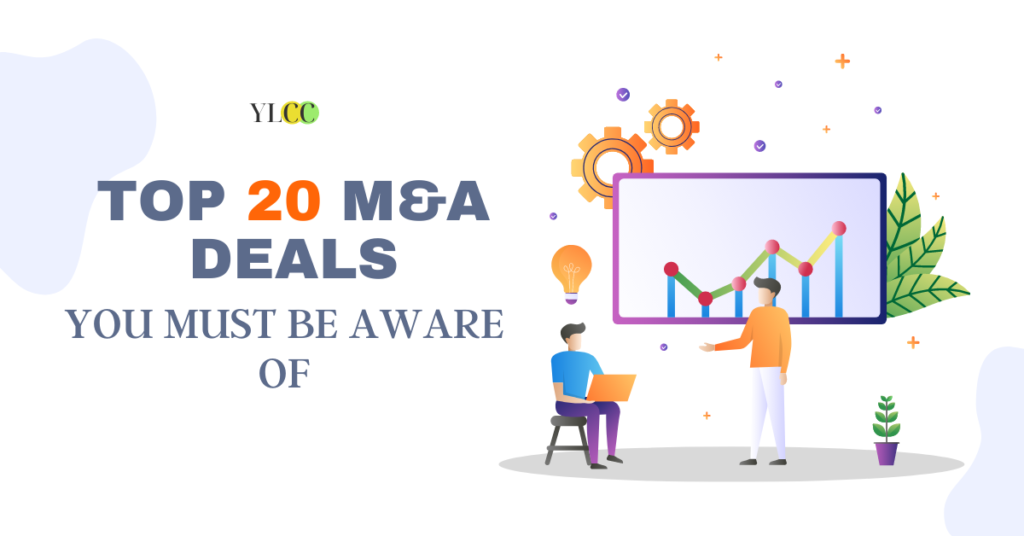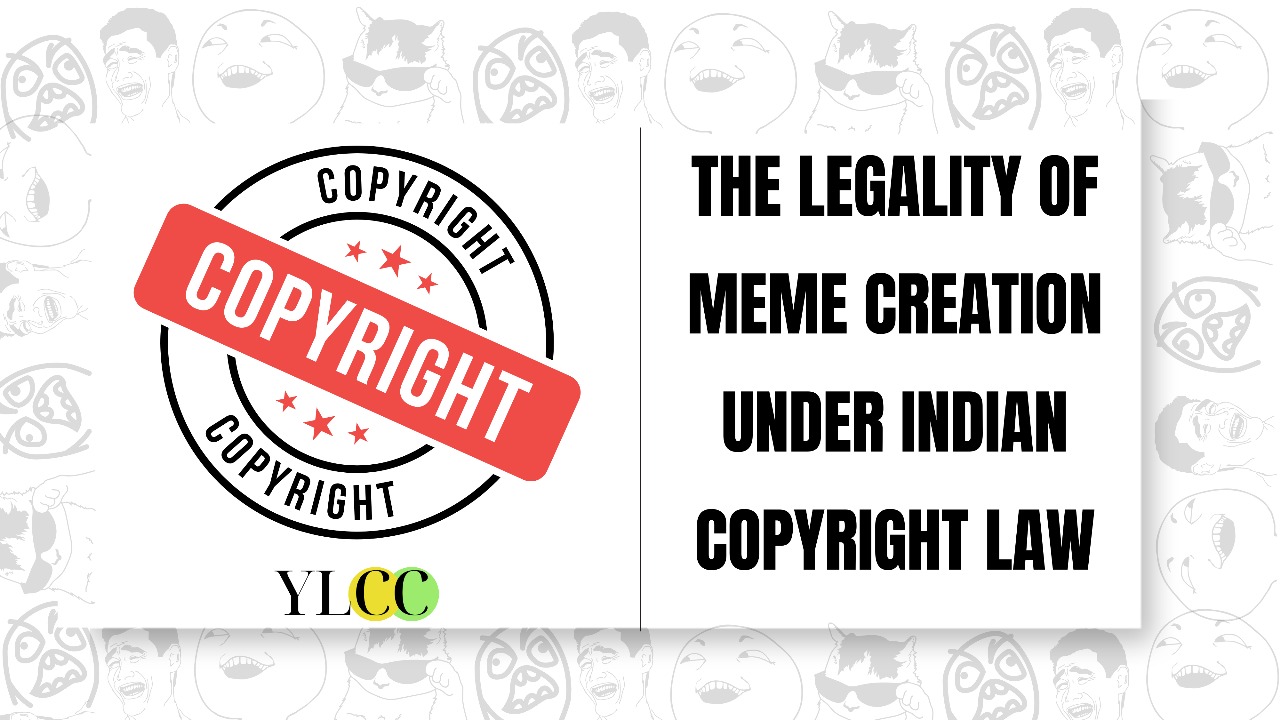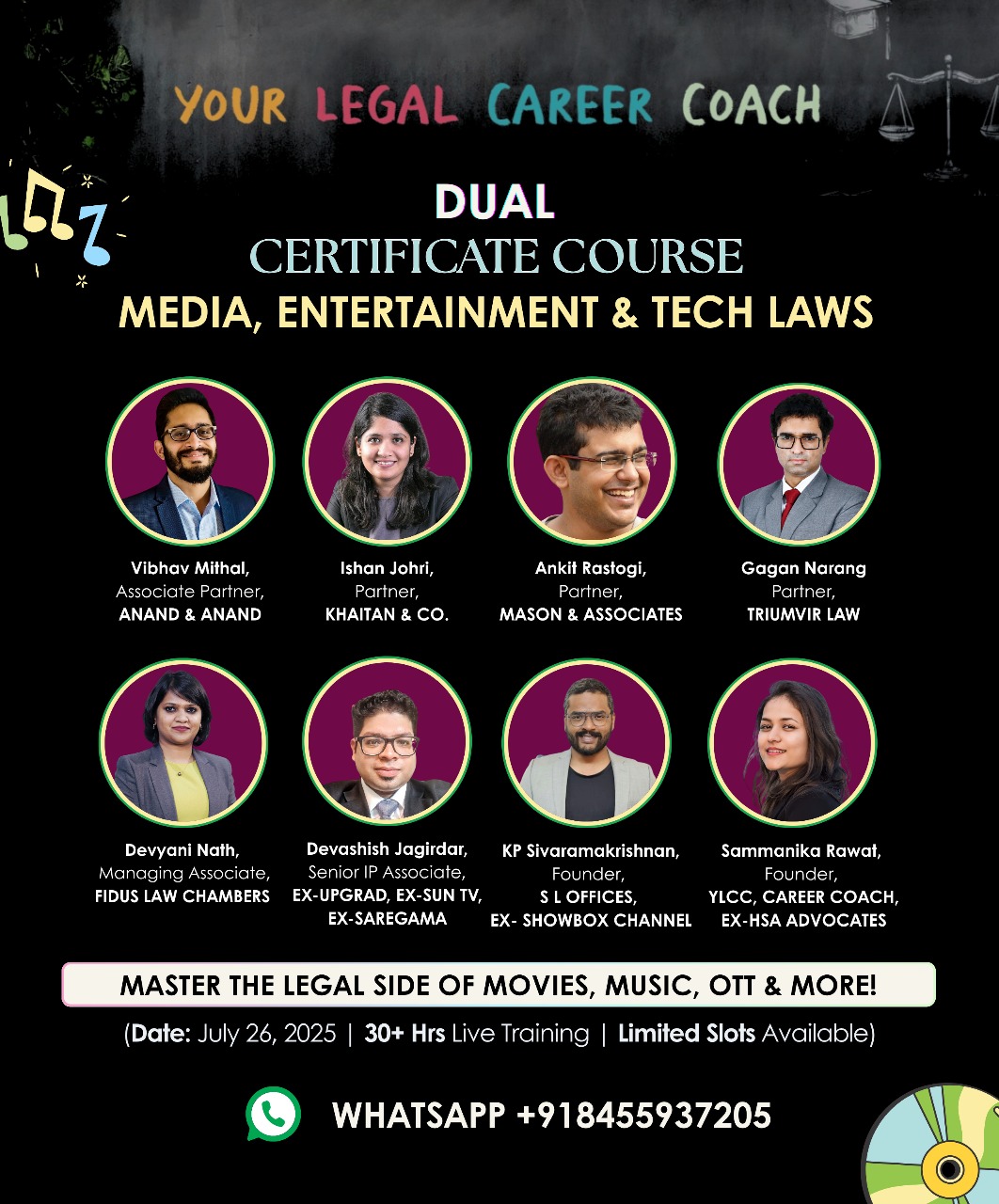
INTRODUCTION:
A merger occurs when two separate entities combine forces to create a new, joint organization. Meanwhile, an acquisition refers to the takeover of one entity by another. Mergers and acquisitions may be completed to expand a company’s reach or gain market share in an attempt to create shareholder value.
Any M&A transaction deals with a plethora of activities and makes for interesting research.
That being said, let us look at the top twenty M&A deals of all time which you must be aware of.
THE LIST OF THE BIGGEST M&A DEALS:
- ABC – ESPN (1984)
In 1984, Texaco Inc. announced that it was selling its controlling stake (72%) in ESPN (Entertainment and Sports Programming Network) to ABC (American Broadcasting Companies) via a definitive agreement.
As part of the Agreement, ABC paid $188 million to acquire 85% interest in ESPN. In addition, ABC also paid $14 million for the sports network’s satellite broadcasting facilities.
ABC Video Enterprises Inc. has previously acquired fifteen per cent (15%) of ESPN at the beginning of 1984 for $30 million.
- The biggest acquisition in history: Vodafone Airtouch PLC-Mannesmann (1999)
Mannesmann, a German-owned industrial conglomerate, was acquired by Vodafone, a mobile operator in the United Kingdom and as of August 2021, this is considered to be the largest takeover in history.
On November 14, 1999, Vodafone made its first proposal to Mannesmann which valued the Mannesmann’s stock at $243.36 a share.
On February 3, 2000, after a three year long battle, the shareholders of Mannesmann accepted the offer, thereby making the revised deal valued at a whopping $180.95(£224) billion all-share deal.
The key highlights of the deal:
- Due to considerable dilution, Vodafone’s stock price dropped immediately after the transaction, and the synergies would not be realized until some time afterwards.
- Vodafone did rebranding in phases advertised itself as a global company that commanded a premium over Telecom Italia Market.
- In 2010, Vodafone’s market equity value got dropped to less than € 100 billion.
- However, this deal helped Vodafone becoming the world’s largest mobile carrier.
- Exxon – Mobil (1999):
In the late 1990s, Exxon was the industry leader in oil and gas in the US. When the two powerhouses (Exxon and Mobil) merged in 1999, it was considered one of the successful M&As in history. The deal was valued at $81 billion.
The key highlights of the deal:
- The resultant company was the creation of the largest oil company in the world.
- The new entity reduced its workforce by seven per cent (7%), which was approximately 9000 workers.
- Consequently, this allowed the new entity to reduce its cost.
- America Online – Time Warner (2000)
Not all big deals are good deals and this merger proves that.
In 2000, the dot-com bubble was in all-time expansion and at that time AOL was the world’s top internet service provider and Time Warner was the world’s top media conglomerate and seemed like a perfect match.
The companies decided to merge and the merger between the companies was valued at $266 billion.
Highlights of the deal:
- The expectation was that the new entity called AOL Time Warner would dominate the news, music, entertainment, publishing cable and internet industries.
- The new entity instantly became the largest technology company in America. However, just a year later in 2001, the dot-com bubble burst and AOL incurred a heavy loss. By 2002, Time Warner posted record losses of approximately $100 billion.
- The companies finally went their separate ways in 2009 and then, the AOL Time Warner stock had lost ninety per cent (90%) of its value.
- Times Warner CEO Jeff Bewkes later referred to the deal as the biggest mistake in corporate history.
- Pfizer + Pharmacia = Pfizer, Inc. (2002)
With the acquisition of US rivals Upjohn in 1995, and Monsanto less than five (5) years later, the rapidly growing Swedish pharmaceutical company Pharmacia demonstrated its market power for the first time.
During that time Monsanto had been developing the anti-inflammatory drug known as ‘celecoxib’ which had been eyed by Pfizer during its final development stages.
Pfizer then announced a purchasing deal of Pharmacia as a whole in July 2002 with a transaction tag of $60 billion. Less than seven (07) years later Pfizer would agree to purchase rival Wyeth for approximately $68 billion.
The key highlights of the deal:
- The deal made Pfizer worth $172 billion.
- Pfizer gained bestselling products as part of the deal, including celecoxib (Celebrex), which was the most successful pharmaceutical launch in history when it was marketed in conjunction with Pharmacia in 1999.
- It was agreed that the merged company would hold eleven per cent (11%) of the world’s market for the prescription of drugs.
- Paypal – eBay (2002)
To compete with PayPal, eBay launched its payment service Billpoint in 2000. However, Billpoint failed to compare with PayPal and its network. In addition, 70% of eBay users used PayPal, and only 30% used Billpoint. As a result, PayPal posted a profit and Billpoint posted a loss at the end of the first quarter. Therefore, eBay and PayPal decided to merge through their IPO in 2002.
- TATA Steel – Corus (2007):
With its 2007 acquisition of Corus for $12.02 billion, Tata Steel became the fifth-largest steel company in the world.
In addition to gaining access to the EU market, Tata steel hoped to achieve synergies in manufacturing, procurement, R&D, logistics, and back-office operations.
- Altria – Philip Morris (2008)
The Altria – Philip Morris merger is a little different from others as this deal is a spin-off and not a merger. While Alteria remained in the USA, this deal took place in 2008 with $107.6 billion changing hands.
The key highlights of the deal:
- The deal allowed the cigarette company Philip Morris to split from the parent company Alteria and focus on the international business.
- As a result of the split up, Altria exclusively sold Marlboro and other cigarette brands in the U.S., while Philip Morris handled international sales.
- In 2019, Alteria decided to merge with Philips Morris but eventually called off the discussion.
- Ranbaxy – Daiichi Sankyo (2008)
An agreement was signed by Daiichi Sankyo Co. Ltd. in 2008 to acquire all the shares of Ranbaxy Laboratories Ltd., the largest pharmaceutical company in India. This acquisition was valued at approximately $4.5 billion.
- ONGC – Imperial Energy (2008)
In 2008, ONGC (Oil and Natural Gas Corporation) acquired Imperial Energy, a company based in the UK operating in Russia, for $1.9 billion. As a result of this deal, ONGC had made its second-largest investment in Russia.
This deal was announced in August of 2008, but 98% of the shareholders of Imperial Energy approved the deal in December 2008, thus making it unconditional for ONGC.
- Verizon Communications and Verizon Wireless (2013)
In what was one of the largest wireless mergers in history, Verizon Communications spent $132 billion on a company it already owned, as Verizon wireless was co-owned by Verizon Communications.
However, in 2013 the companies bought out their partners Vodafone’s forty-five per cent (45%) share in the company. This made Verizon the largest wholly US-owned wireless mobile carrier and led to the addition of twenty (20) million subscribers in just two (02) years after the deal.
- Facebook – Whatsapp (2014)
Whatsapp is the largest acquisition Facebook has ever made. Facebook paid $4 billion in cash and $12 billion worth of shares. However, the ultimate cost of the deal was $19 billion, as WhatsApp employees and founders received $3 billion in Facebook stock units.
This acquisition is considered as one of the biggest deals in the IT industry, even bigger than any that Google or Apple have ever done.
- H.J. Heinz – Kraft Foods (2015)
When the H.J. Heinz and Kraft Foods Group merged, they created the Kraft Heinz Company which is the fifth (5th) largest food and drink company in the world.
The deal was approved in 2015, bringing the annual revenue of the merged company to around $28 billion in sales.
As per the terms of the deal, Heinz owned fifty-one per cent (51%) of the ownership in Kraft and the holders of Kraft (at that time) owned forty-nine per cent (49%) of the company.
- Pfizer Inc. – Allergan, PLC (2016)
When American pharmaceutical giant Pfizer Inc. acquired Irish Allergan PLC for $160 billion, the resulting company Pfizer PLC meant the largest pharmaceutical corporation in the world was based in Ireland.
The move was strategic as the company benefitted from Irish tax benefits. Thus, Pfizer structured the deal to base the newly merged company in Ireland and overnight Pfizer PLC became the largest business in the country.
- AB Inbev – Sabmiller (2016)
In 2016, Anheuser – Busch Inbev announced that it was buying SABMiller for $100 million. The merger finally took place when US District Judge Emmet Sullivan signed off on a Modified Final Judgment in 2018.
- DOW Chemical – Dupont (2017)
The merger between DOW Chemical and E.I. du Pont de Nemours & Company (DuPont) was valued at $130 billion.
This deal was referred to as the merger of equals but it was more likely a deal designed to shore up the power of both companies.
The key highlights of the deal:
- The resulting company of DOW Dupont aimed to create a highly focused business in agriculture, material science and speciality products.
- The newly formed company offered $3 billion in cost-cutting savings and a reduced tax bill.
- However, staff layoffs resulted as a collateral.
- CVS – Aetna (2017)
In 2017, CVS (a big pharmacy chain) acquired Aetna (a big health insurer in the USA) in what is considered the largest deal in health insurance history.
The deal took some time to come to pass as it had to be approved by anti-trust regulators to assure anything untoward in the acquisition. Once they were satisfied, CVS closed the acquisition with a price of $67 billion.
- United Technologies – Raytheon (2020)
In April 2020, Raytheon Technologies Corporation announced the all-stock merger with United Technologies Corporation for approximately $121 million.
The highlights of the deal:
- The deal created a new mega-merger in the aviation industry. It now forms the second-largest aerospace company in terms of net sales with a combined total of $74 billion in 2019.
- The two companies are hopeful that they are each equipped with unique skills that give them the capability to face challenges during the global Covid-19 pandemic.
- The company anticipates fast-paced innovation across high-value areas of commercial aviation and defence
- Morgan Stanley – E*Trade (2020)
On October 2, 2020, Morgan Stanley, the largest investment banking company, announced that it had acquired E*TRADE Financial Corporation (E*TRADE) in an all-stock transaction, for approximately $13 billion.
The company announced that the common stockholders of E*TRADE were entitled to receive 1.0432 Morgan Stanley common shares for each common share of E*TRADE.
- Microsoft – Nuance (2021)
On April 12, 2021, Microsoft announced that it was acquiring Nuance Communications Inc. for $19.7 billion via a definitive agreement.
As per the term of the agreement, Microsoft acquires Nuance for $56.00 per share, implying a 23% premium to the closing price of Nuance.
Thus, it represents an excellent acquisition for Microsoft Cloud for healthcare as it attempts to apply its healthcare-specific cloud strategy to the healthcare sector.
YLCC would like to thank Nikunj Arora for his valuable inputs in this article.







